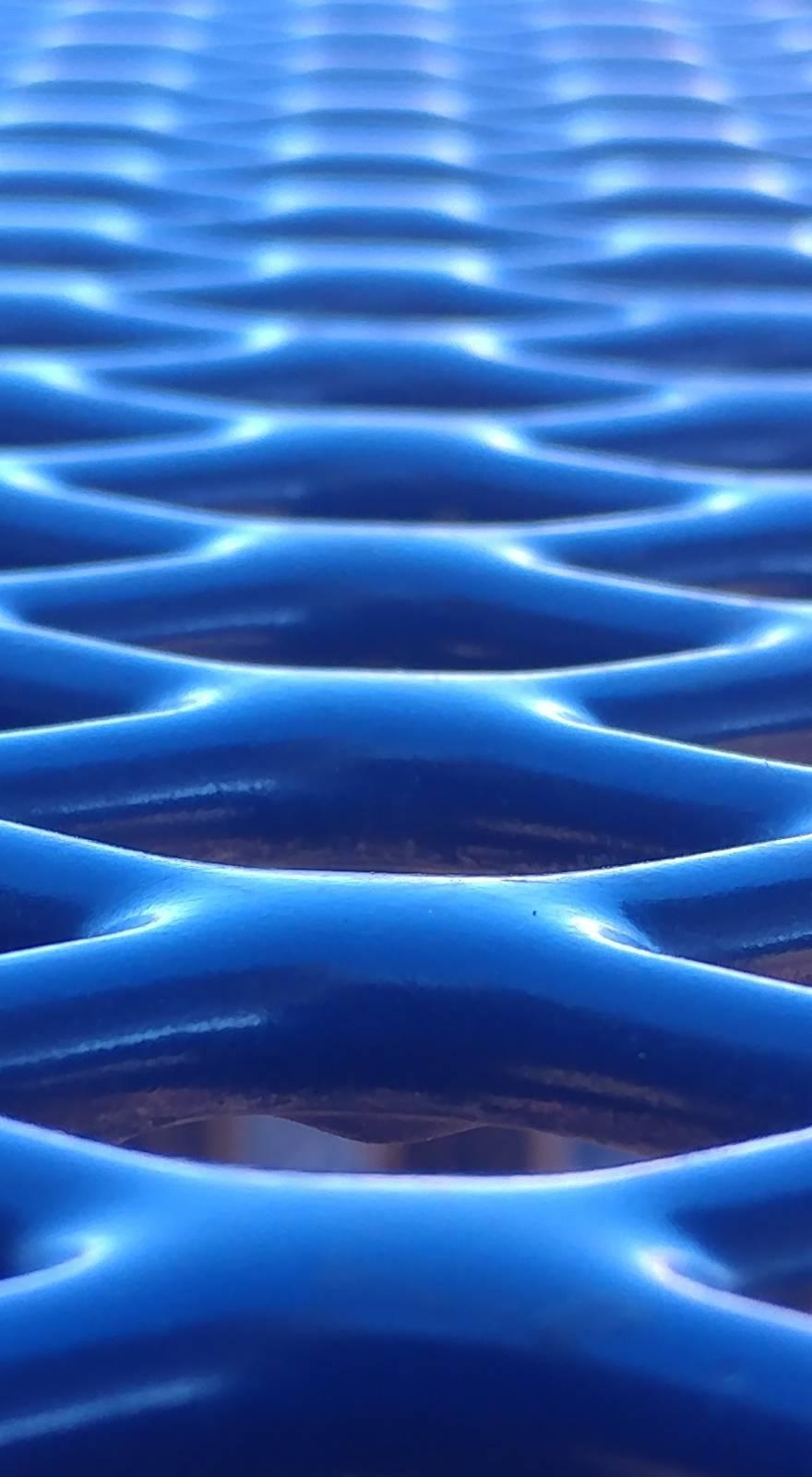Knowde Enhanced TDS
Identification & Functionality
- Chemical Family
- Reinforcement Form
- Reinforcement Material
- Composite Materials Functions
- Plastics & Elastomers Functions
- Technologies
Features & Benefits
- Materials Features
- Product Highlights
The idea of combining a matrix material with a reinforcing element was invented over two thousand years ago. Today, this technique is still in use and is being continuously improved. Reinvented by the need of the aerospace industry for high performance, lightweight materials, this technology has spread to other industries and applications. Today, composites are a primary method to achieve: * lightweight constructions with associated benefits of faster speeds, increased loads, and reduced power * reduced or eliminated need for supporting framework. * increased product life, i.e. high resistance to fatigue, impact, environmental and corrosion. Polypropylene (PP) and polyethylene (PE) fibers are well accepted for uses in composites. They are also environmentally friendly, recyclable binders which can be used in place of chemical binders. They are suitable for use in both matrix and reinforcement applications.
FiberVisions® contribution
- FiberVisions® manufactures a full range of PP and PE mono- and bicomponent fibers which are suitable for use in composites. * Nonwovens: our fibers contribute efficiently to the strength and integrity of many sandwiched nonwoven products used for support in cars and construction.
- FiberVisions® is always in close dialog with the customer to ensure that fiber development matches their requirements which, often results in fibers designed for the individual customer.
Environmental friendly materials
Polypropylene and polyethylene are thermoplastic polymers; these materials melt when exposed to heat. When cooled, the materials become solid again. This process can be repeated several times. Polyolefins have a low carbon footprint compared to other polymers, as indicated by the net cradle to factory gate greenhouse gas emissions (CO, equivalents/kg polymer). At the end of use, PP and PE can either be incinerated or recycled. These products contain no dioxins or heavy metals and their complete incineration produces only water and carbon dioxide. Recycling of PP and PE is common in the plastics industry.
Technical solutions
Polypropylene and polyethylene both have a very low density (0.9 g/cm*) and are lighter than water. In contrast to other polymers which are denser, this results in a larger number of reinforcing elements or binding points per kilogram of material used in the composite, and results in a significant contribution to composite strength and durability.
Economics
Polypropylene and polyethylene materials are very economic materials due to their large use in the plastics industry. The low density of the materials provides the capability to ensure lightweight constructions. The trends toward the use of natural or renewed resources such as natural fibers require new ways of bonding. Lightweight fibers of polypropylene and polyethylene give opportunities for
- Large number of fibers per kilogram of material
- Large number of bonding points to deliver stronger composites
- Weight reductions compared to traditional binder chemicals
- Production cost savings
- Performance Profile Of Polypropylene Fibers
FiberVisions® fibers have a number of advantages over other man-made fiber types:
Robust :Polypropylene binder fibers can be customized for excellent runnability on a variety of nonwoven processes. Example fiber properties are seen in the table at the left.
Density: The density of polypropylene is 50% lower than polyester and 25% lower than polyamide. This means that lightweight composite structures can be produced.
Insulation. Polypropylene has the lowest thermal conductivity of all textile fibers, and it absorbs no moisture.
Resistance. Polypropylene is inert to acids, alkalis and other chemicals. It is resistant to rot, mildew and bacteria. Polypropylene fiber is highly resistant to abrasion and has a toughness superior to most fibers.
Technical Service. FiberVisions believes in offering extensive technical service to its customers. This includes fiber innovation programs, exclusive fiber development, color matching and fiber quality enhancements.
- Benefits
Thermal stability, processability
Applications & Uses
- Applications
- Plastics & Elastomers End Uses
- Applications
Automotive
Properties
- Physical Form
Technical Details & Test Data
- Example Binder Fiber Properties
FiberVisions® PP Binder Fibers
Nonwoven Process Property Air Lay Air Lay Carded Titer (dtex/fil) 6.6 6.6 6.6 Tenacity (cNidtex) 1.8 2.6 1.9 Elongation at break (%) 400 270 290 Fiber Length (mm) 19 38 76 Crimp Frequency (10 cm) 47 51 55 Finish level (weight %) 0.4 0.4 0.6 The properties of FiberVisions® Binder fibers can be customized to the customer requirements as necessary. 100% PP fibers soften at 140 - 150°C and melt at 162 °C.

